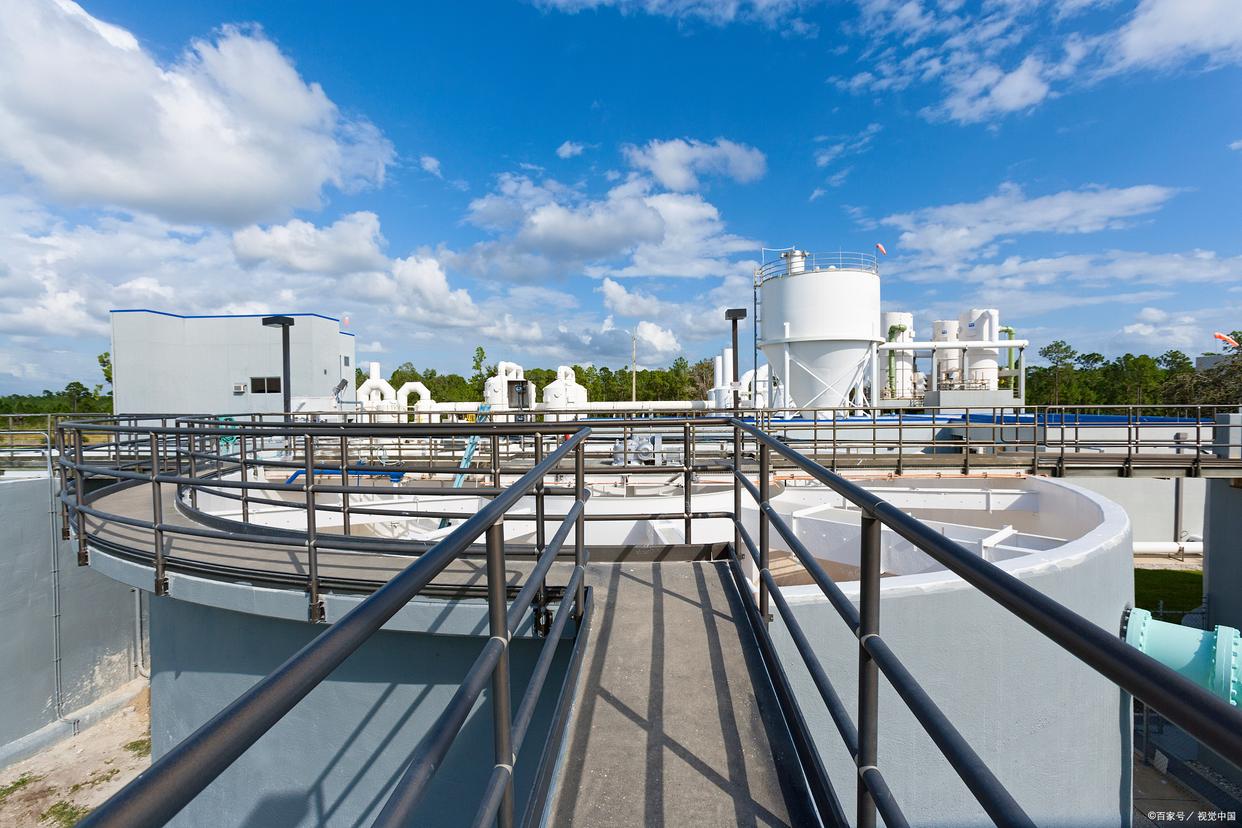What are the Methods of Water Treatment to Remove Fluoride?
With the acceleration of industrialization and urbanization, the content of fluoride in wastewater increases year by year, posing a serious threat to the environment and human health.
Fluoride has become a common pollutant, widely exists in industrial wastewater, domestic sewage, and the content of fluoride in wastewater increased year by year. Excessive fluoride will cause damage to the water ecosystem, and have a serious impact on human health, posing a serious threat to both the environment and human health.
Waste water fluoride removal methods
1. Physical Method
(1) Adsorption method: using the adsorption of adsorbent on fluoride to remove fluoride in wastewater. Commonly used adsorbent agents are activated carbon, zeolite, montmorillonite and so on. The adsorption method has the advantages of simple operation and good removal effect.
(2) Ion exchange method: remove fluoride from wastewater by ion exchange resin. This method has the advantages of high removal rate and renewable, but high equipment cost.
2. Chemical Method
(1) Fluoride remover: by adding the fluoride remover, the fluoride forms a precipitate that is insoluble in water, so as to remove the fluoride in the wastewater.
(2) Redox method: the use of oxidant or reducing agent to convert fluoride into low-toxic or non-toxic substances. The commonly used oxidants are chlorine gas, ozone etc.; reducing agents are iron powder, sodium sulfite etc.

3. Biological Method
(1) Microbial degradation method: use the biodegradation effect of microorganisms on fluoride to convert fluoride into low-toxic or non-toxic substances. This method has the advantages of good treatment effect and environmental friendliness.
(2) Biofilm Method: degradation of fluoride in wastewater by microorganisms on the biofilm. This method has the advantages of good treatment effect and strong impact load resistance.
4. Other Methods
(1) Electrochemical method: using the principle of electrolysis to remove fluoride in wastewater. This method has the advantages of high removal rate and low energy consumption.
(2) Membrane separation method: the fluoride in the wastewater is removed by the membrane separation technology. Commonly used membrane separation techniques include nanofiltration, reverse osmosis and so on. The proposed method has the advantages of good treatment effect and stable operation.
There are many fluoride removal methods in wastewater, each has its advantages and disadvantages. In practical application, appropriate methods should be selected according to the wastewater water quality, treatment scale, treatment effect and other factors. At the same time, in order to improve the treatment effect, various methods can be used. With the development of science and technology, the future wastewater fluoride removal technology will be more diversified and efficient, making greater contribution to the cause of environmental protection in China.
More details contact Vivian Sun: 86 13790671695 viviansun@san-mei.com









